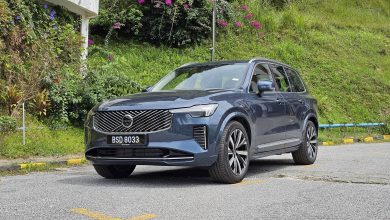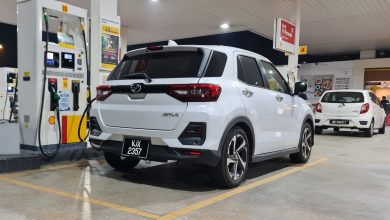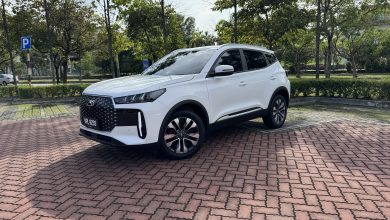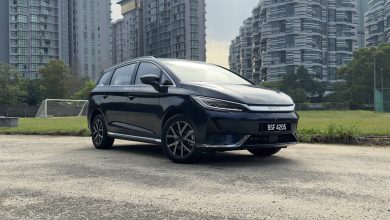A Few Tips On How To Best Balik Kampung With An EV This CNY
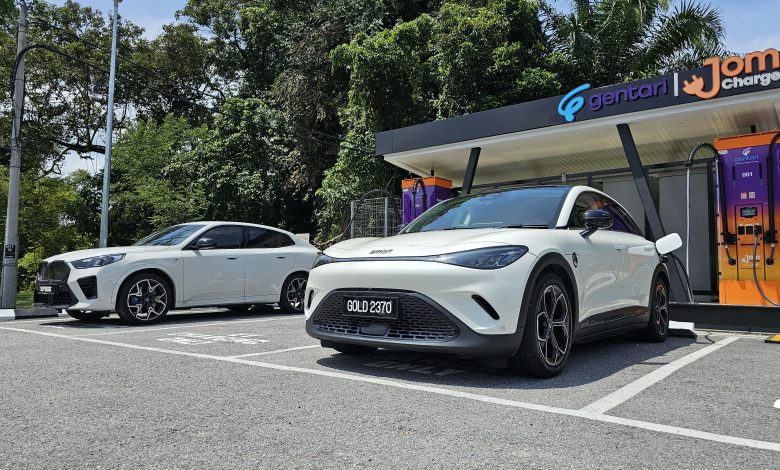
Here’s just a few handy tips on how to best balik kampung with an EV this Chinese New Year.
With Chinese New Year just around the corner, many Malaysians are likely currently bracing themselves to make the journey back home for the annual celebrations. And with the recent surge in EV adoption, there will most certainly be more than a few who are set to embark on their first-ever all-electric road trip.
So for those EV novices, here are a few handy EV-specific road trip tips from Automacha, on how to better survive the balik kampung trek during this upcoming CNY season.
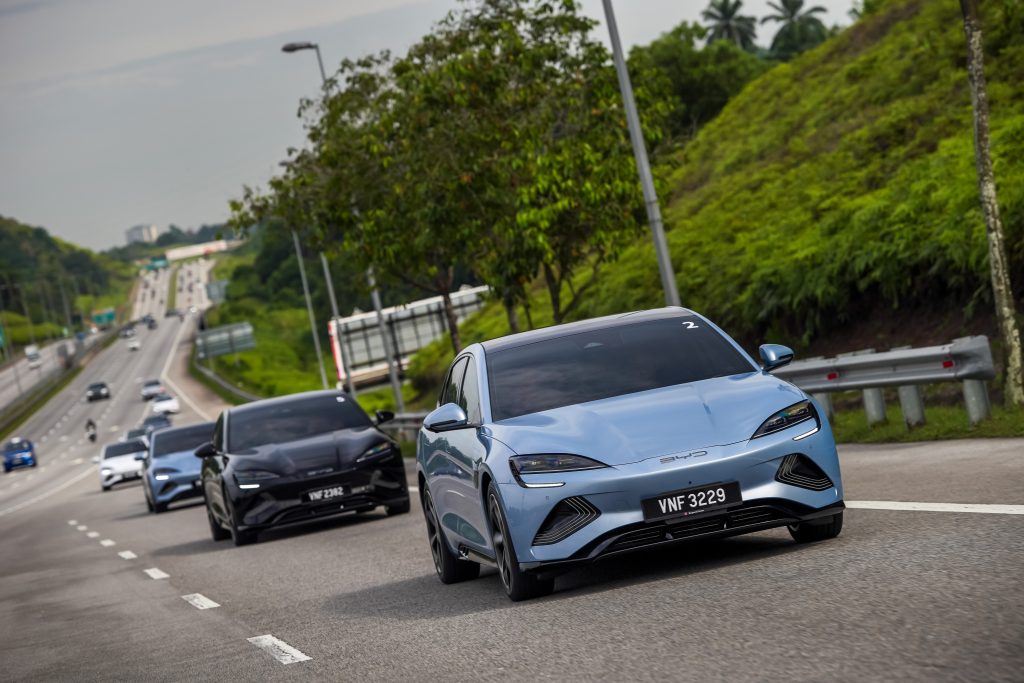
1. A Full Charge Before Setting Off Minimises Range Anxiety
Now it should go without saying that as with an ICE car, one should best attempt to set out on their long drive home with a fully charged EV. Having a fully-charged battery upon departure will ultimately reduce one’s travel-related stress en route with regards to the hassle of recharging, especially if the intended destination could be completed within the car’s range…
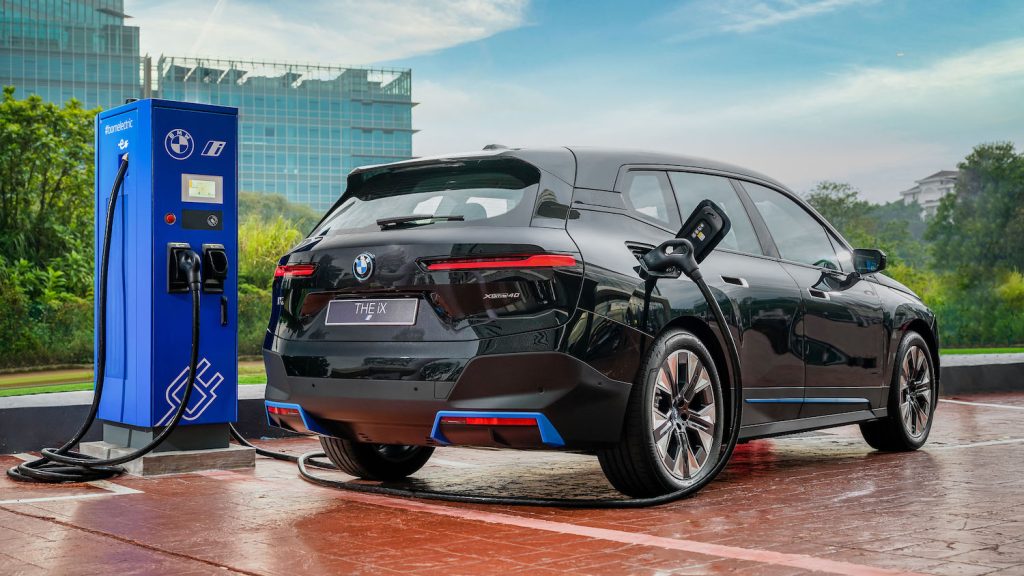
2. Some Route Planning Goes A Long Way
…and if one has to charge en route meanwhile, sparing some time before setting off to plan out where best to do so will save a lot of stress while on the journey.
Remember here that EV chargers are not like fuel pumps! There are to be AC and DC chargers, with there being different charger power outputs to consider too. There are also different plug heads between Tesla and the rest of the world as well.
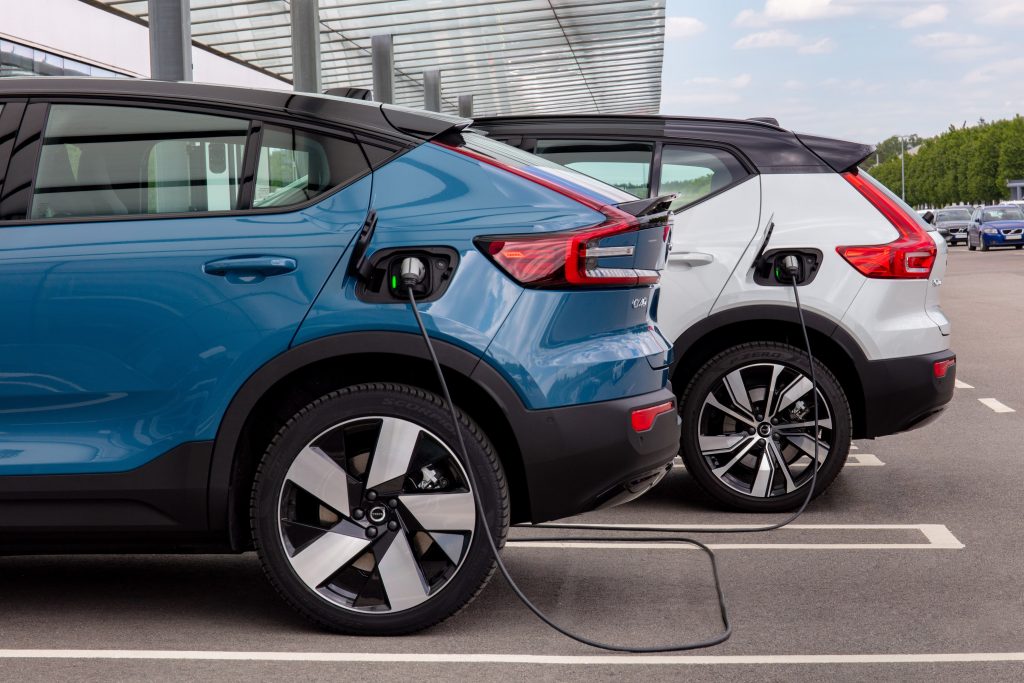
It would be prudent therefore to research which charger en route is right for your EV, to determine which offers the highest charging speeds to minimise idle time, or has the best facilities for something to do while waiting. Naturally, it will also be good to have some contingencies baked in too by way of alternate chargers. Just in case some chargers are packed, or unexpectedly go offline, during this peak period.
Now most EVs (especially the higher end ones) tend to have charging stations integrated into their own on-board navigation system map, with Google Maps to also currently feature a charging station finder on its app too. Speaking from personal experience though with Google Maps at least, it doesn’t really have all the charging stations around listed on its directory just yet.
Instead, as a personal recommendation here, this writer typically uses the PlugShare website/app to discover which chargers are around when in unfamiliar territory. Please do note that this recommendation is not an explicit endorsement of the app, but he nevertheless does find it to have the most complete chargers from all different CPOs in its map.
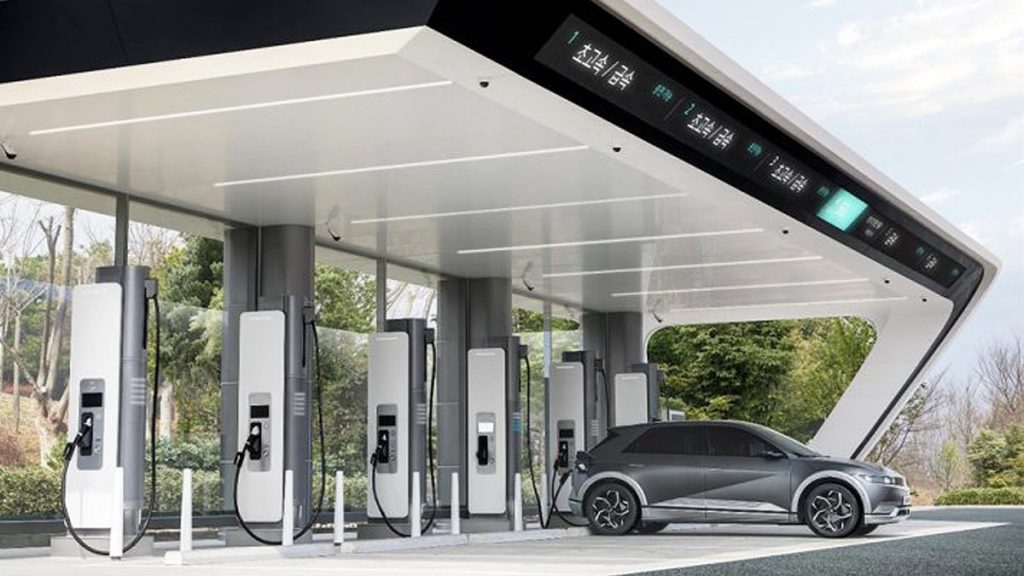
3. Have ALL The Charging Apps At The Ready
While on the topic of researching chargers en route, good to have all the charging apps downloaded and logged in, ready to be used. The last thing you want is to stand there by the interstate charger trying to get cell reception to sign up for an app. (Believe me, I’ve been there.)
The main public charging apps to have in Malaysia includes:
- Gentari Go*
- chargEV*
- JomCharge*
- ChargeSini
- ParkEasy
- Go To-U
*Gentari Go, JomCharge, ChargeEV technically are in a partnership that sees them share their chargers between the apps, but this writer has personally previously found for at least some chargers to still be exclusive to their own CPOs…
Side Note: For those with a smart or Proton EV meanwhile, the hello smart app and Proton e.MAS app are your best friend for public charging in Malaysia. These two apps have after all have currently integrated most of the major local CPOs into their ecosystem, where users can easily pay to charge through the app too. What more is that from 25th January through to 3rd February 2025, there is to be a 30% discount for any public charging sessions performed through the app!
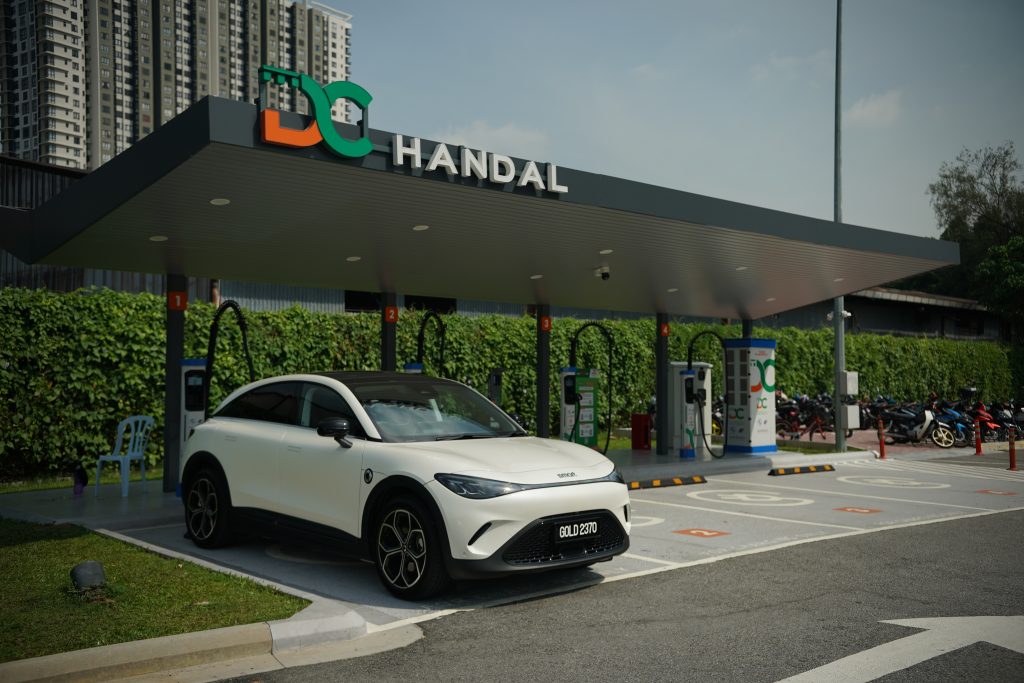
4. Don’t Hog The Public Charger
While having previously advised to charge to 100% before setting off, a top up to about 80% should instead be best practice when charging on the way. This is primarily because the rate of charge tend to slow down drastically past that point, especially when connected to a high-powered DC charger.
For the sake of other EV owners who might need a bit of a top up during their respective balik kampung travels too, please try to be courteous and charge only as much as you need to. Remember here that even with the fastest DC chargers available, charging an EV still take longer than just a quick splash and dash in an ICE car.
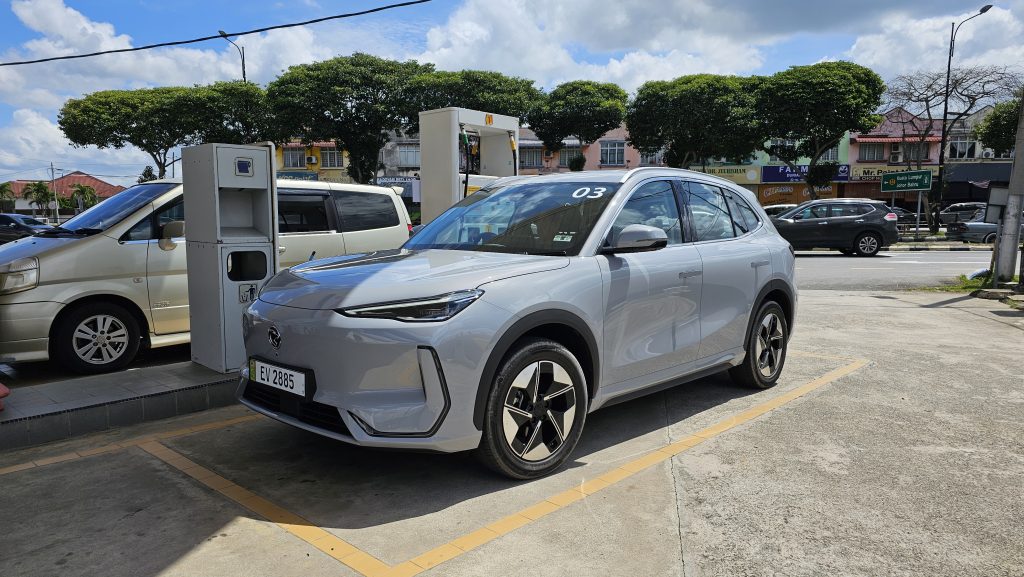
5. Slow & Steady Gets You There
Despite the USP for most EVs being how fast it can shoot off into the sunset, just remember that more speed = more energy used. And speaking again from personal experience here, those with a heavy right foot on the highway could drain an EV battery in half the distance it typically depletes when pootling around town.
Slow and steady therefore is the name of the game to those who wishes to stretch out their EV range while on the interstate, with experts tending to recommend a cruising speed of around 70-90 km/h on the highway being the a happy medium between energy and travel time efficiency. This being the notoriously busy Chinese New Year travel period though, EV owners might need not have to worry about keeping the speeds down after all…
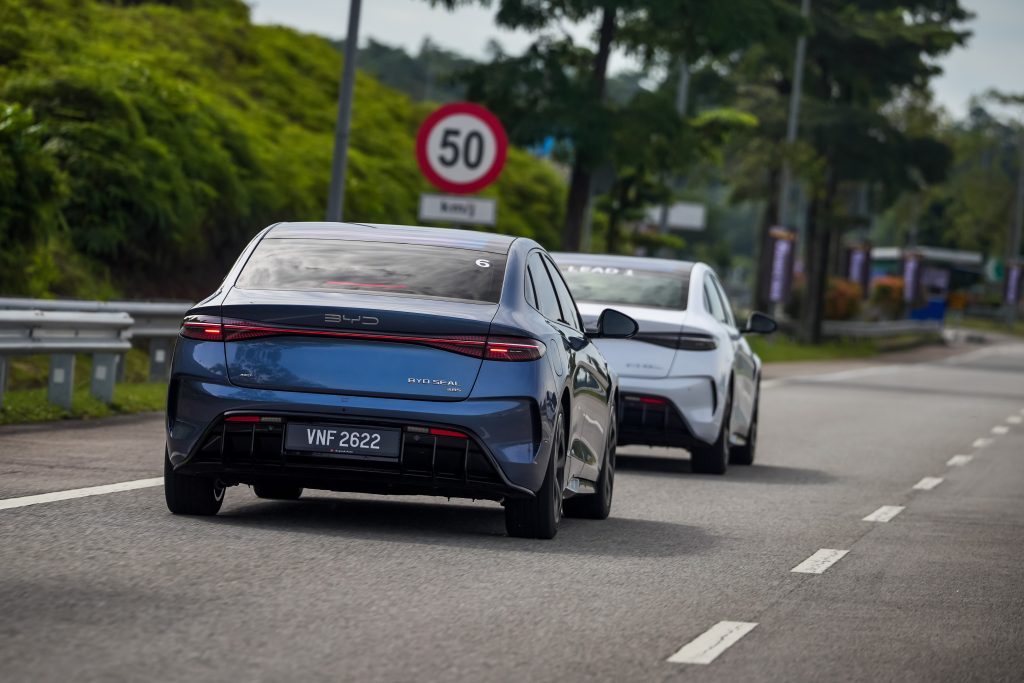
Ending on a more serious note however, is worth advising here that while drafting behind larger vehicles may add a few more km to an EV’s travel distance, the risk-reward calculus to essentially tailgating might not be the smartest gamble to take, especially when all your loved ones are on board.

